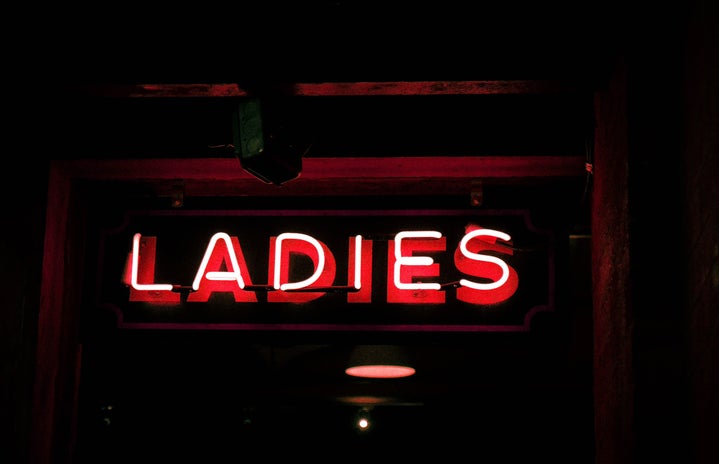Late in the streets of Amsterdam, the city’s nightlife buzzing to life, I stood huddled with my friends watching flecks of snow dance in the soft glow of a street light. I packed lightly for our weekend excursion, expecting sunshine and tulips and the freshness of spring. Definitely not snow. So, I tried distracting myself with the warmth of my french fries and the sound of my friends’ voices. With the innocence of overexcited tourists, we prepared ourselves to cross into Amsterdam’s hub of debauchery, the Red Light District.
Prostitution was decriminalized in the Netherlands in 2000, and nowhere does it flourish as rampantly as in the Red Light District. One of the classes I took while studying abroad intended to teach Emersonians like myself about Dutch culture. At the beginning of the course my professor spoke extensively about prostitution, which he suggested the Dutch more traditionally refer to under the umbrella term “sex work”. He described how sex work thrives in the Red Light District, how the area extends the Dutch value of transparency, and how it is a safe and empowering environment.
Down a narrow alleyway, the world I entered was anything but.
The snow-dotted darkness shifted into a passage where women stood behind large windows, caged in neon. Initially, I thought they were mannequins on display until their animatronic figures began beckoning passerbys. Window after window, women were silhouetted in the violent glow of reds and blues, pinks and greens. Some wore lingerie that clung to their bodies, others pasties and thongs. Many advertised themselves by calling to visitors through the glass, their voices drowned by drunken shouting. Signs are posted around the Red Light District prohibiting the consumption of alcohol to protect sex workers from alcohol-induced distrubances, or potnetial abuse, though it is still easily accessible on the surrounding streets. Some less enthusiastic women sat atop bar stools, unphased by the overcrowded chaos. They nonchalantly scrolled on their phones or chatted to a fellow worker.
Though male sex workers are active in the Red Light District, my professor informed us that only female workers are displayed in the windows. The thought I had when he said this only festered as my friends and I wove deeper through the streets: This is a place designed by men, for men.
My professor had spoken so highly of the improvements, especially those implemented by the Amsterdam government over the past decade, established to make the Red Light District safer for sex workers. While these improvements have significantly combated sex trafficking and abuse in the Red Light District, both of which are still present but to a lesser extent, the environment I found myself in still felt exploitative and unsafe. I expected the area to be an open, provocative setting where women were in control. Where they were empowered and seductive and free. Perhaps this is what I wanted to find, especially coming from a culture that has historically sidelined women and treats sexual awareness and sex work as taboo. I expected the Red Light District to be a sexually liberated place run by women because that is what I believed it should be. The reality I found myself in was overwhelming, as if it had crawled out of a nightmare stained in misogyny.
Strolling out of a narrow alley, my friends and I left the area. As we navigated our exit route, a drunken shout erupted from the opposite end of the alley, the noise deep and feral. We quickened our pace. Distancing ourselves from the harsh neon, I felt disappointed. I was disappointed in myself for expecting something so idealistic to what I experienced and disappointed in the way the women I saw were treated as things to be sold. I hope that in the daylight, when the neon extinguishes and the crowds disperse, that the women in the windows go about their lives and feel truly seen. Not as props or products. And I hope the Red Light District evolves into a place where women and sexuality are equally respected. But all I could do in the moment was bundle my coat a little tighter and walk a little quicker, wanting to escape any trace of red lights.


